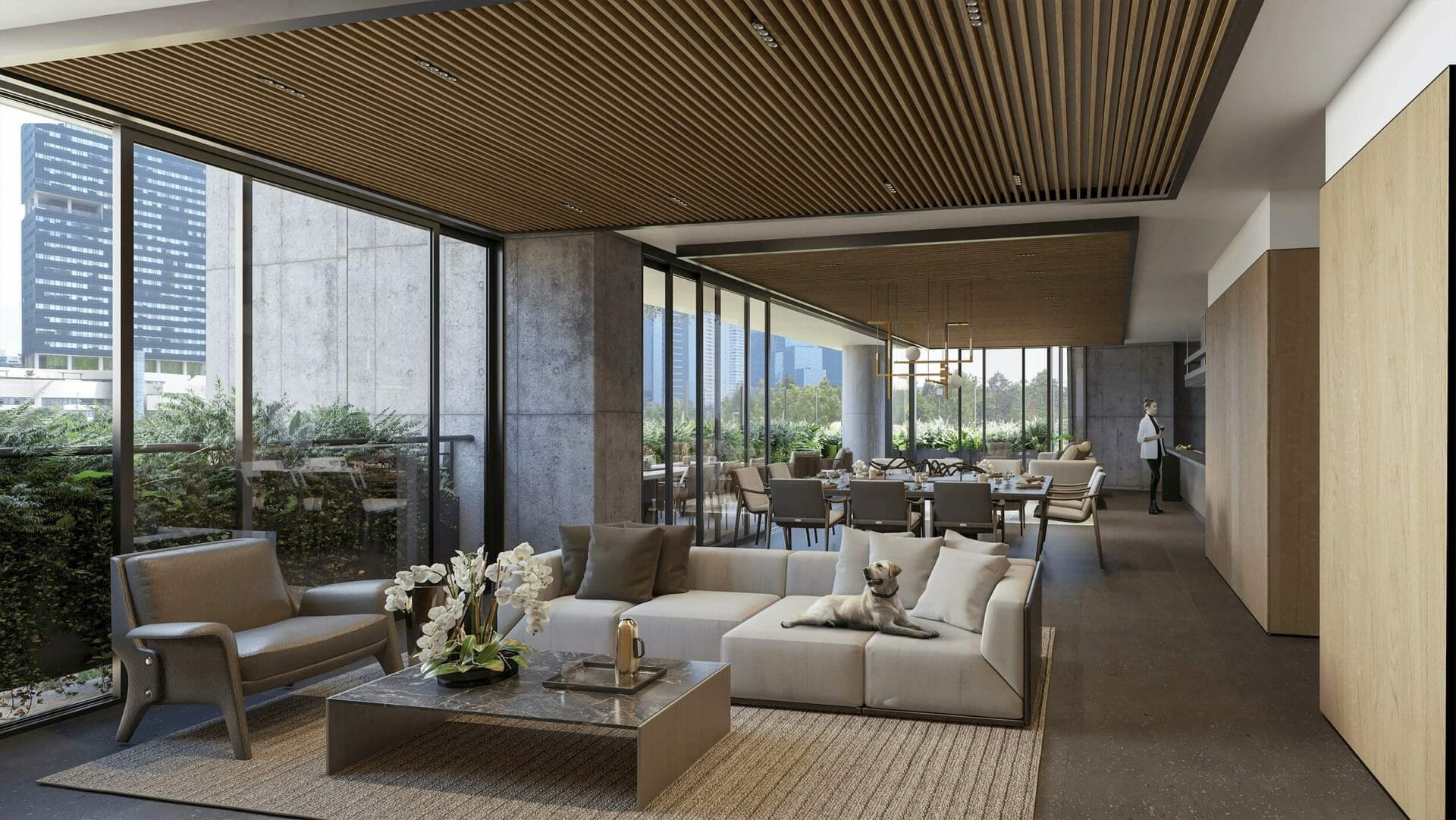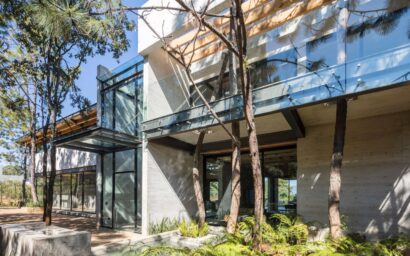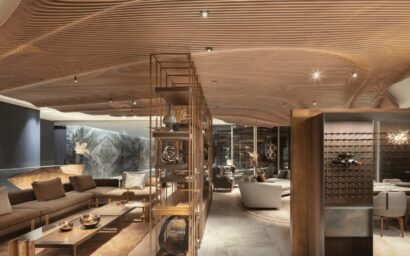In interior design, balance focuses on getting all the elements in a space to balance and contribute to each other to create harmony and visual balance within the home.
For this, in addition to paying attention to all the elements that complement the space, certain principles must be followed and carefully analyzed to achieve a visual balance.
Some of these principles are:
1) Harmony. Even though your home may consist of several separate rooms, they still need to be considered interconnected spaces, so the style and design should extend throughout the house. It means that all the decoration elements must be different, but they must be combined and complement each other to enhance the entire composition.
2) Balance. It refers to the uniform distribution of the elements that complement the space. It can be through the presence of the same objects or using different things with the same weight or visual appeal.
3) Focal point. It should be dominant, grab attention, and arouse people’s interest. It can be from a television or a fireplace to furniture or a work of art.
4) Contrast. One way to achieve contrast is to place elements that contradict each other, using different colors, materials, or shapes that give life to the space.
5) Details. They are essential tools to complete interior design. However, they should only partially steal the attention. They must be carefully considered and selected to enhance the harmony of the space.
6) Colors. You must consider that colors are a fundamental part of interior design since they impact the environment you want to create.
7) Proportion and scale. While proportion focuses on the harmonious relationship of one object to another or the whole, scale refers to the object’s size relationship concerning its surroundings and other things.


